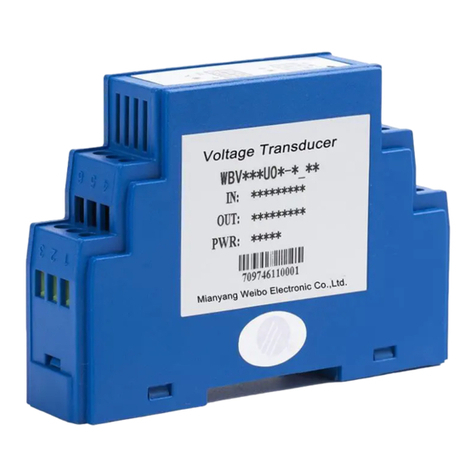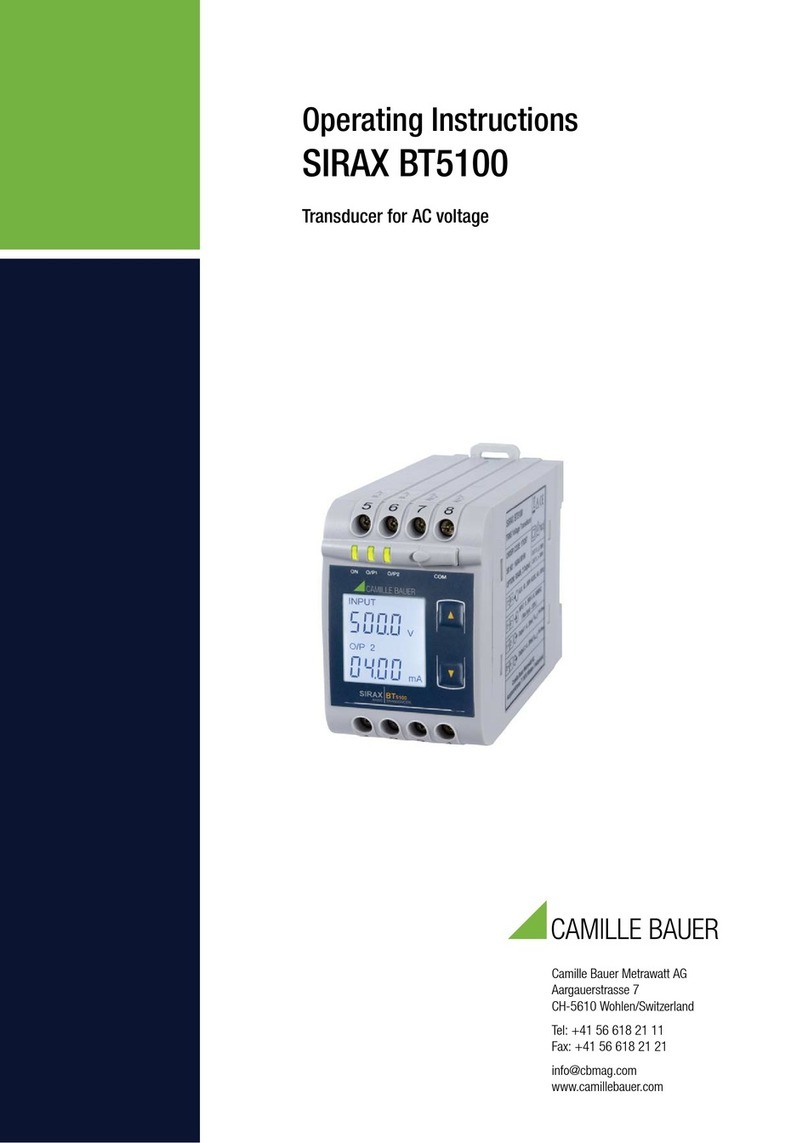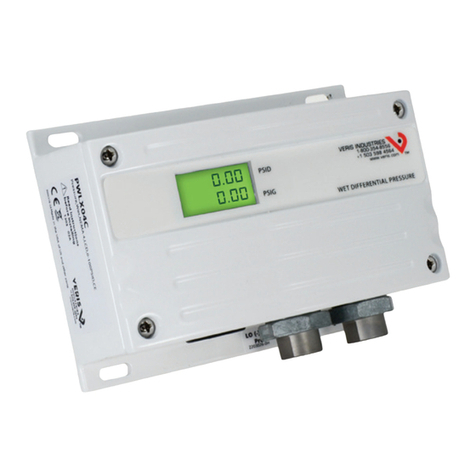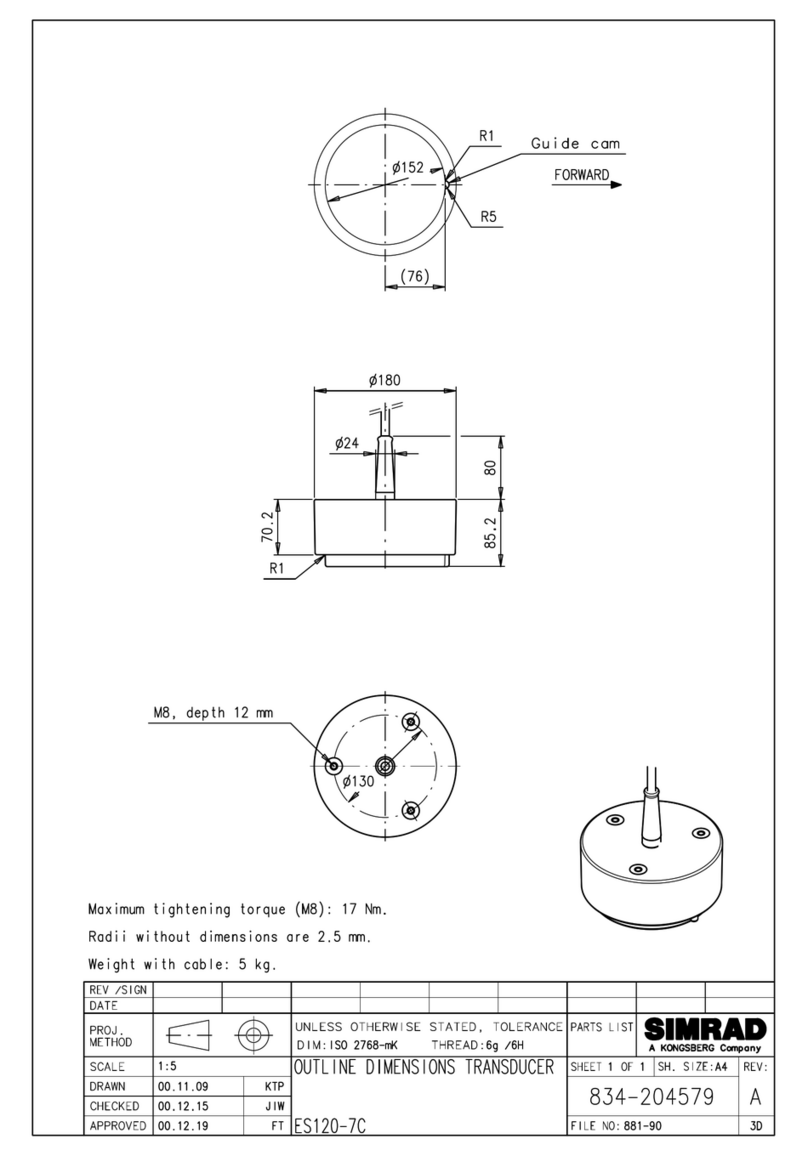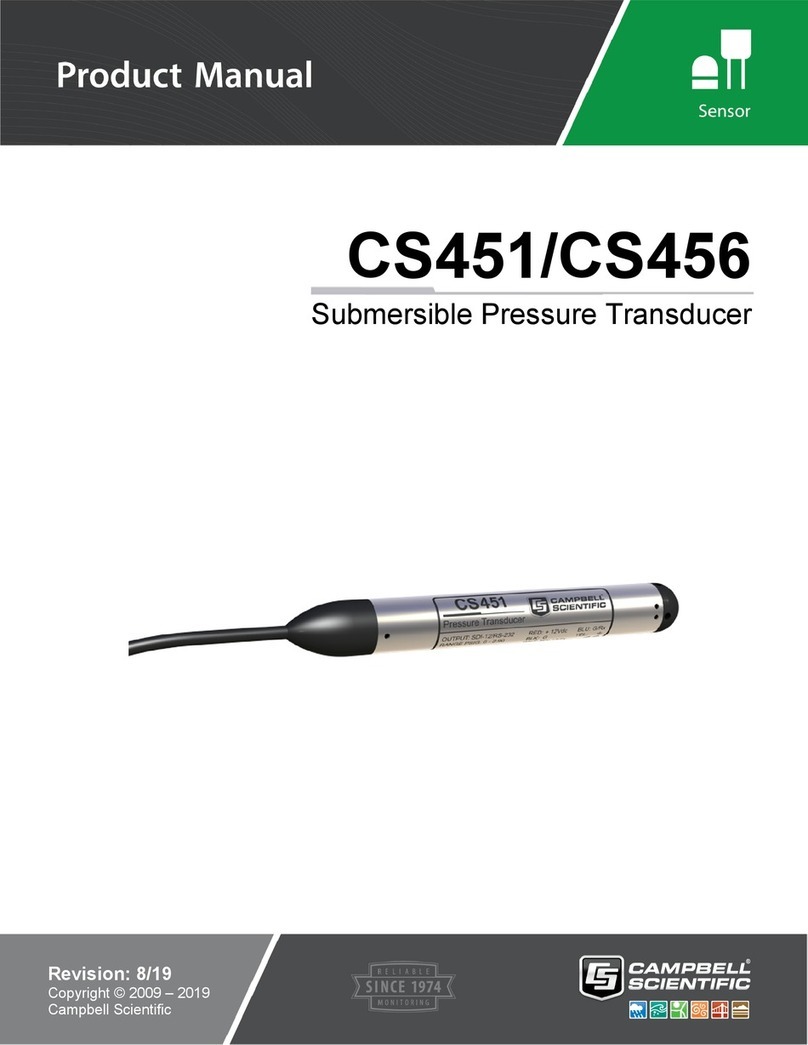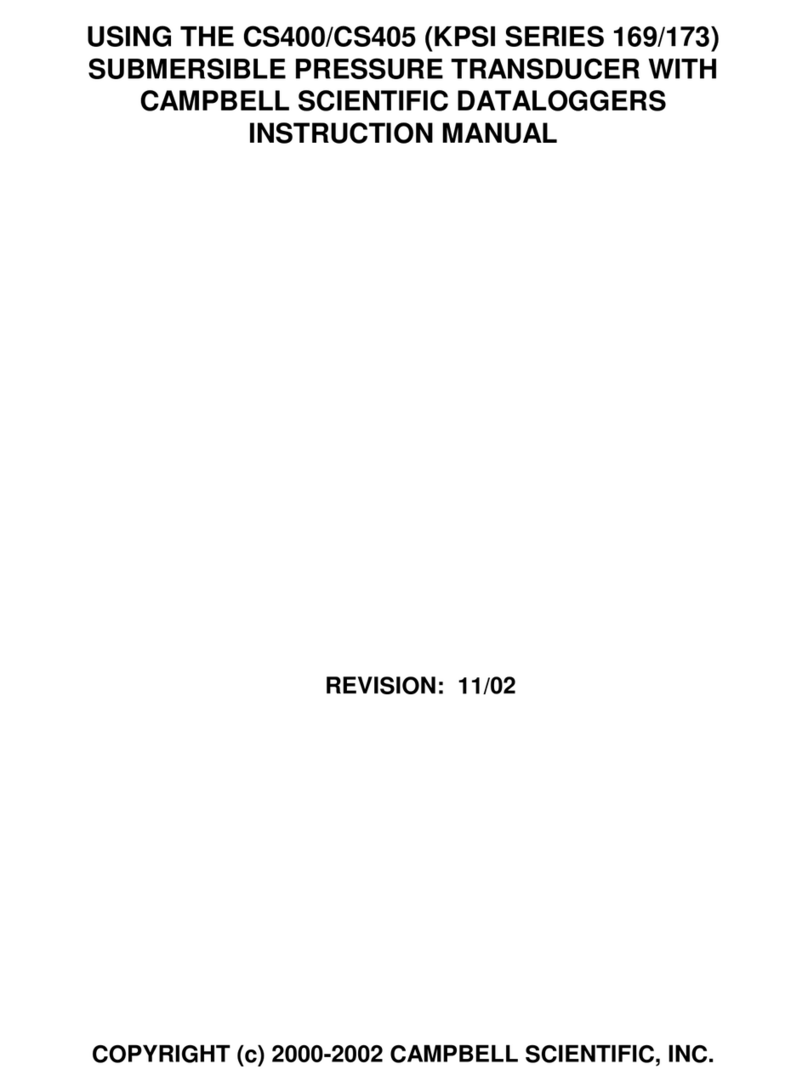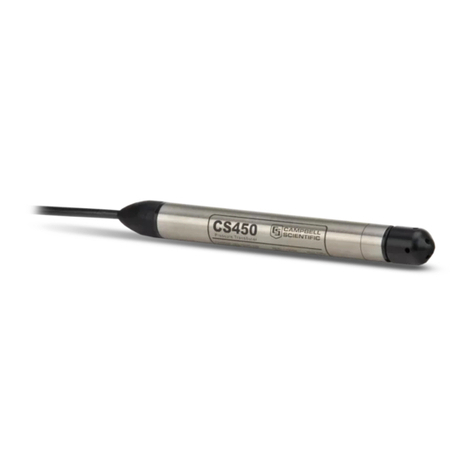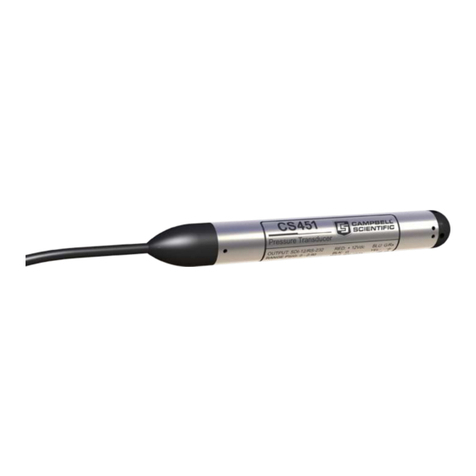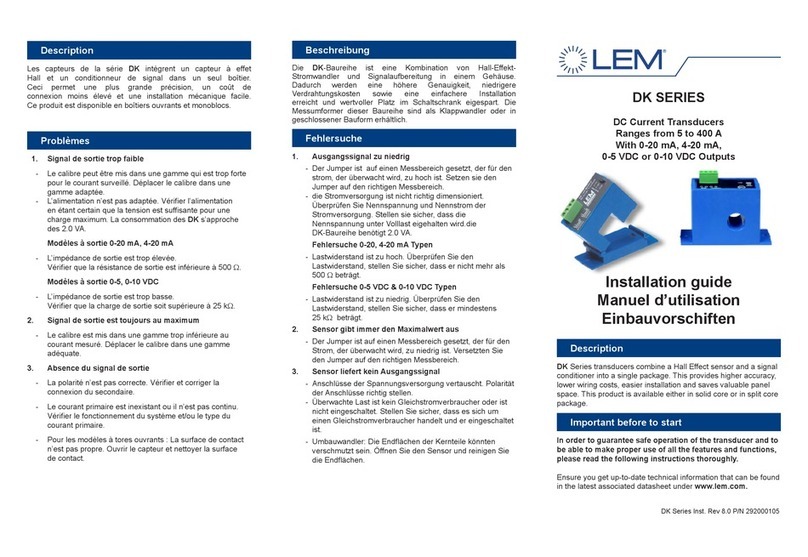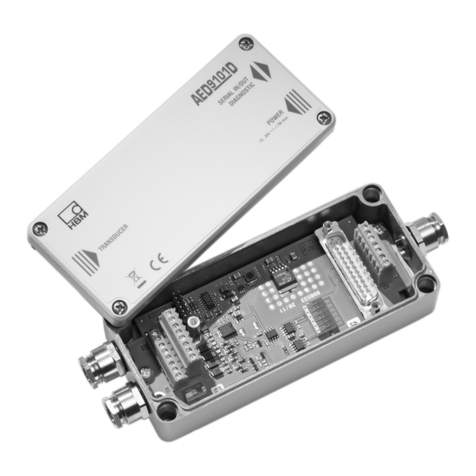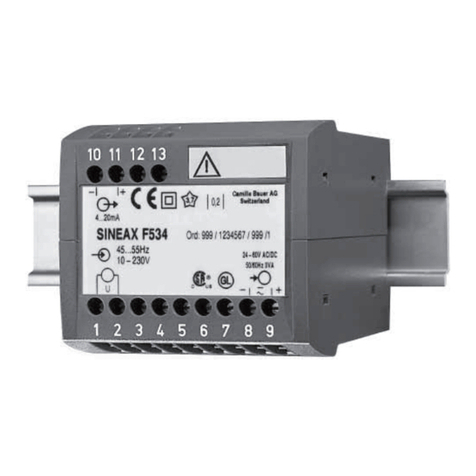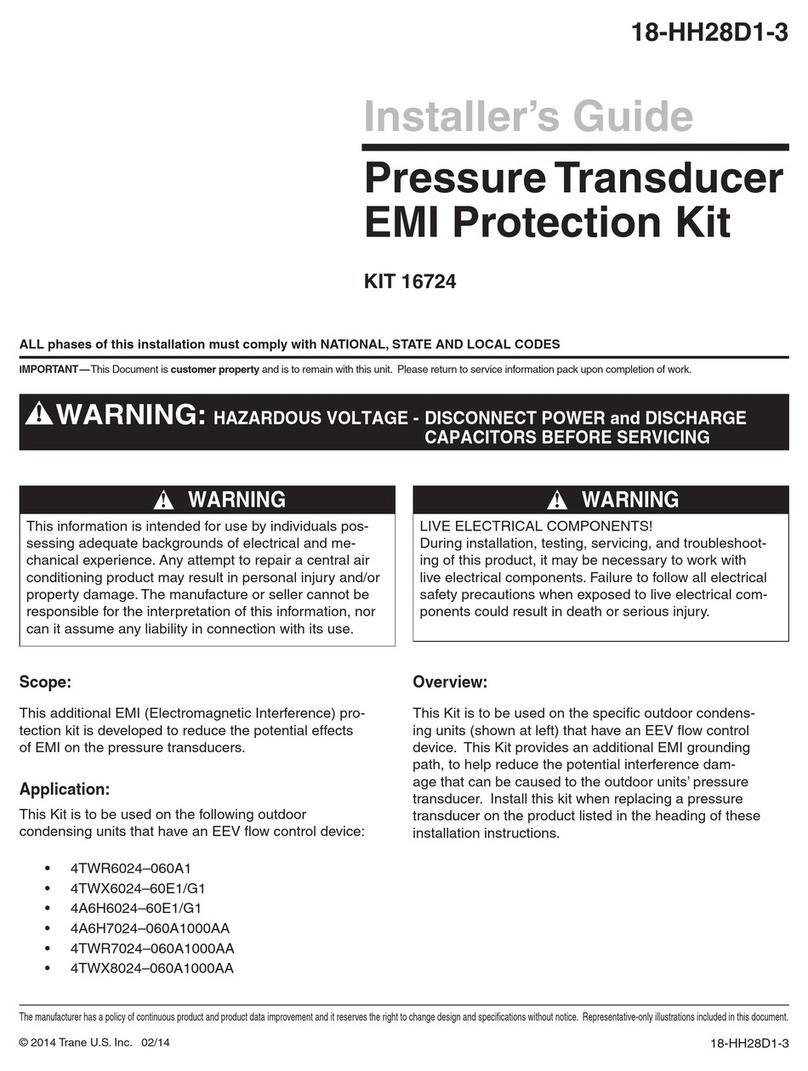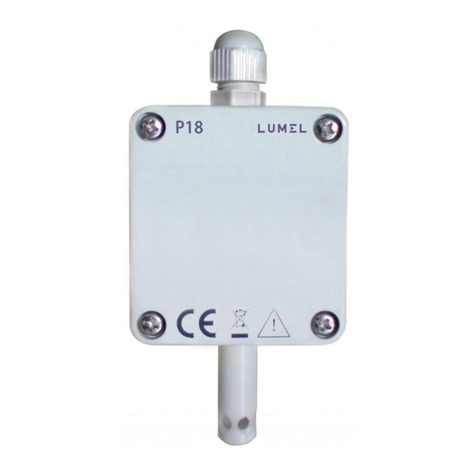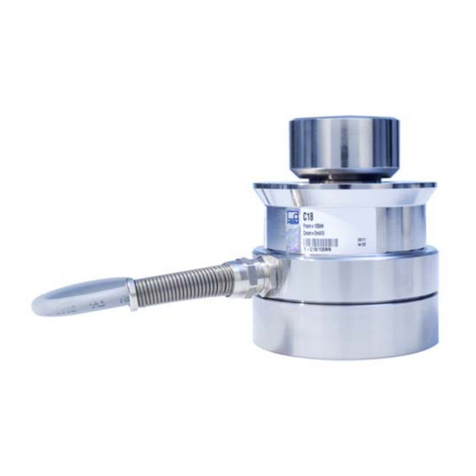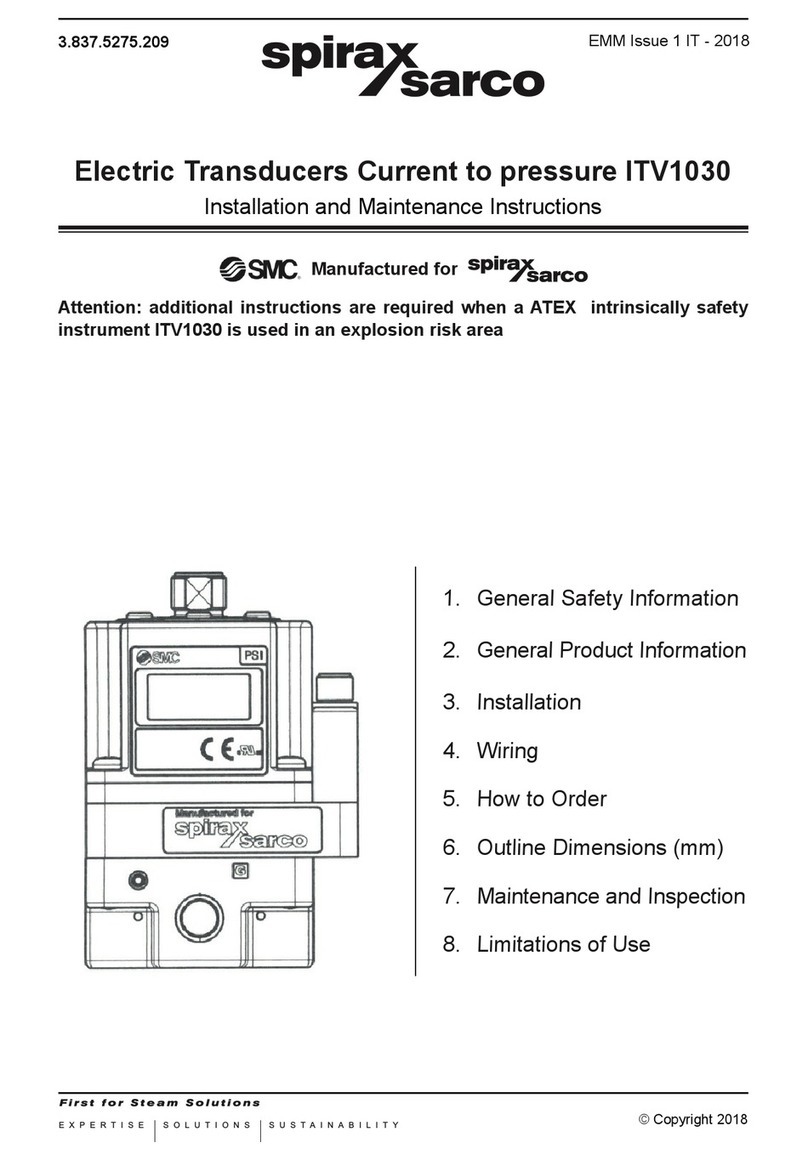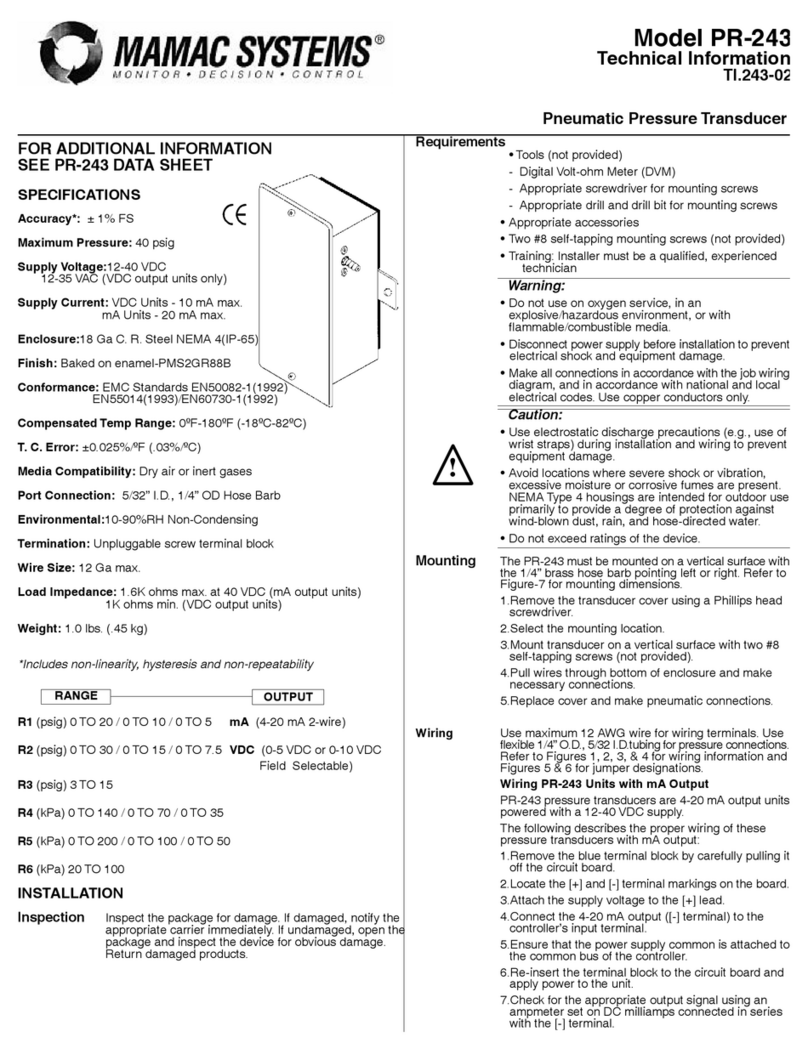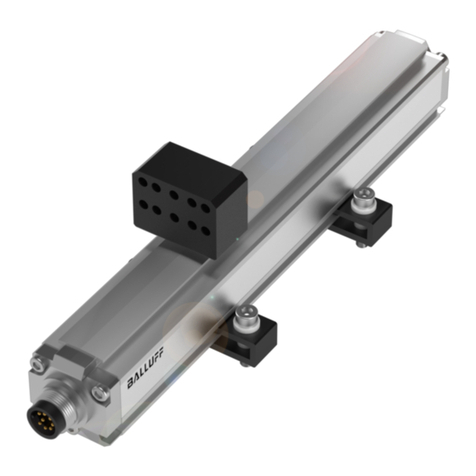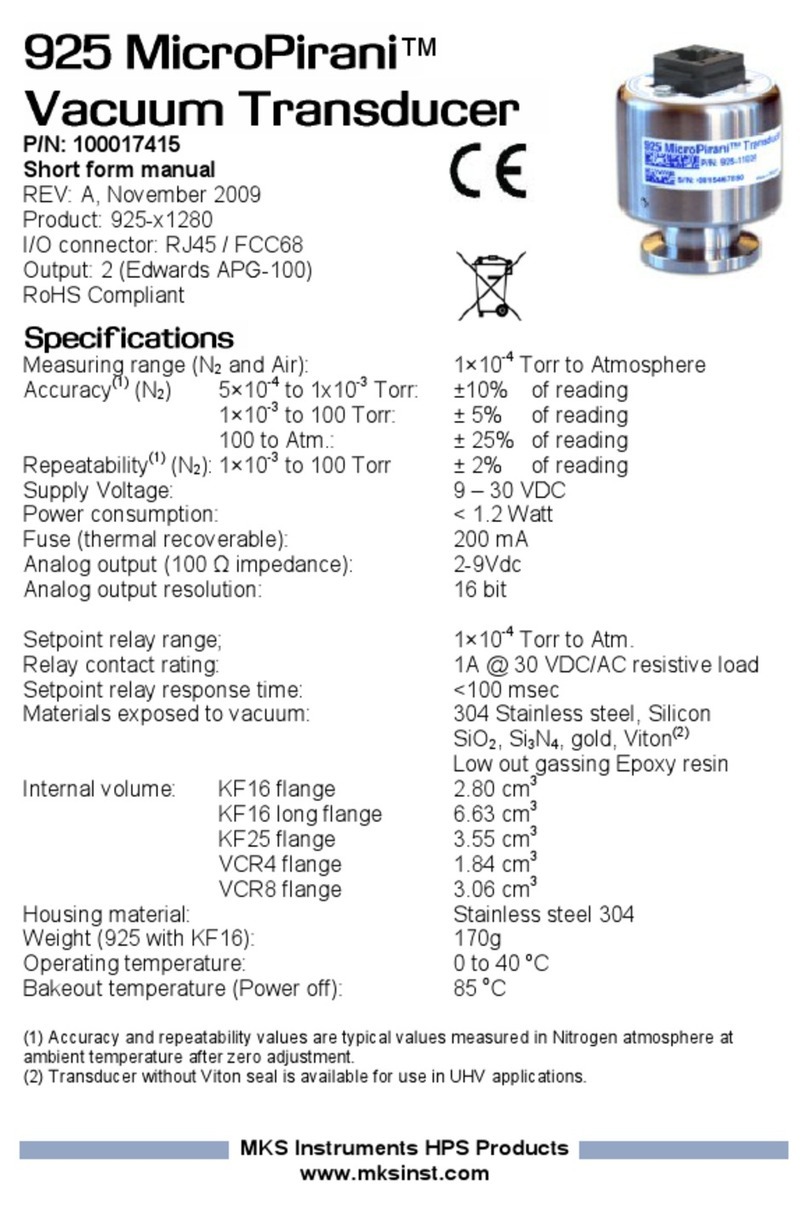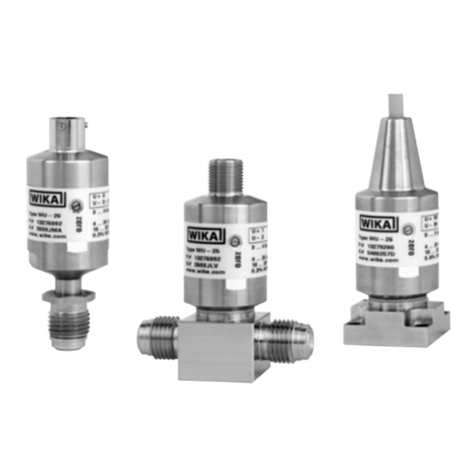
Table of Contents
PDF viewers: These page numbers refer to the printed version of this document. Use the
PDF reader bookmarks tab for links to specific sections.
1. Introduction.................................................................1
2. Cautionary Statements...............................................1
3. Initial Inspection .........................................................1
4. Quickstart ....................................................................2
4.1 Step 1 — Desiccant Check...................................................................2
4.2 Step 2 — Choose Appropriate Depth...................................................2
4.3 Step 3 — Dislodge Bubbles .................................................................3
4.4 Step 4 — Install Transducer.................................................................3
4.5 Step 5 — Measure Initial Water Elevation...........................................3
4.6 Step 6 — Use SCWin to Program Datalogger and Generate
Wiring Diagram................................................................................4
5. Overview......................................................................6
6. Specifications .............................................................8
7. Operation...................................................................10
7.1 Configuration .....................................................................................10
7.1.1 PC Connection Using the A200 ..................................................10
7.1.1.1 Driver Installation ............................................................10
7.1.1.2 Wiring ..............................................................................10
7.1.1.3 Powering the Sensor.........................................................11
7.1.1.4 Determining which COM Port the A200 has been
Assigned .......................................................................11
7.1.2 Device Configuration Utility (version 2.03 or higher)................12
7.1.3 SDI-12 Transparent Mode ..........................................................12
7.1.4 RS-232 Connection via PC Terminal Software ..........................14
7.1.5 SDI-12 Commands......................................................................15
7.1.5.1 SDI-12 Addresses.............................................................16
7.1.5.2 Extended SDI-12 Commands...........................................17
7.2 Installation Considerations.................................................................18
7.2.1 Non-Vertical Installations ...........................................................18
7.2.2 Offset Calculation .......................................................................18
7.2.3 Split Mesh Cable Grip (pn 25431) ..............................................19
7.3 Wiring ................................................................................................19
7.3.1 SDI-12.........................................................................................20
7.3.2 RS-232 ........................................................................................20
i
